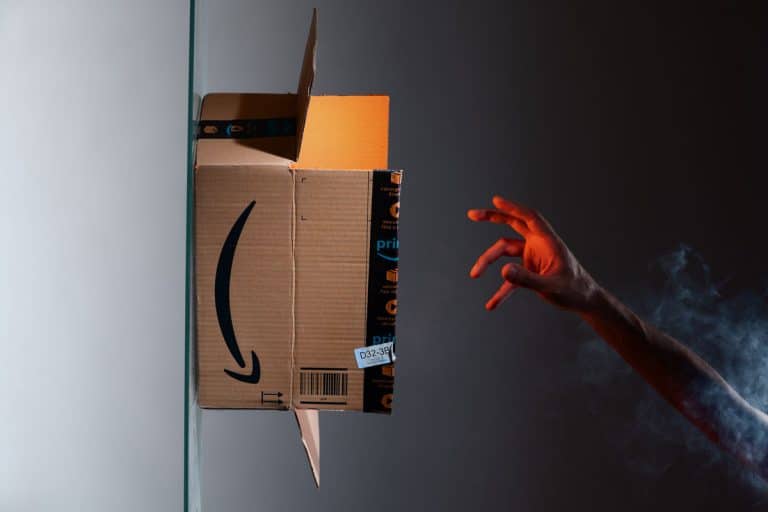What brands should learn from the TikTok unboxing trend
The short video-sharing app TikTok has become an incredible success for all ages, and has broken records to being the fastest-growing social media network of all time, which has unsurprisingly led it to being one of the most interesting opportunities for advertisers.
Trends drive internet culture, and one of the biggest trends to rise from social media is a phenomenon known as “unboxing” or “unpacking” where influencers showcase their packages and (mostly gifted) goods via carefully crafted videos. These particular types of videos reach up to 105 million views, and counting. TikTok seems dedicated to this newly found craze as the 60 second videos perfectly amounts to what needs to be shown without losing the attention of its audience.
These unboxing videos that hold the hashtag #smallbusiness have an average of 141,735 views across 279 TikTok accounts, with the highest collective views at over 75 million according to statistics. What exactly is shown in these videos and how did they manage to reach such heights of fame?
The packaging and printing experts Where The Trade Buys calculated the most frequently used hashtags relating to the search terms “unpacking” and “packaging” using a criterion that included the views, accounts, shares and the number of times a hashtag had been used.
A share average has been calculated across 13 terms, with the likes of ‘#art’, ‘#toy’, ‘#smallbusiness’ and even ‘#asmr’ included. One video containing hashtags #art, #handmade and #smallbusiness together, achieved 943,900 views, and an ASMR (autonomous sensory meridian response) unboxing video uploaded by one user hit 6 million views and was shared over 6,000 times.
However, unboxing videos with the hashtag #prettypackaging gathered the highest average views, with 530,693 across just 8 accounts. One particular user, known as @WestMain actually went viral with a video using the ‘#prettypackaging’ and ‘#smallbusiness’ hashtags, managing to achieve 2.8 million views, 3,149 shares, and 1,728 comments—showing the efforts people go to in order to make eye-catching packaging worthwhile. This inevitably yields huge success in small business if their timing is right, and shows that effort goes a long way in catching potential consumers’ attention.
Unboxing small businesses
The unboxing videos that contain the hashtag ‘#smallbusiness’ have a viewing average of 141,735 with over 279 accounts on the platform, therefore achieving a collective viewership of over 75 million. The term achieved 533 occurrences, which makes it the most used term for these small businesses and that can only be good news.
What is further good news, is that these frequently used hashtags on highly engaged content often show no sign of slowing down when it comes to popularity, so more and more businesses are able to ride the wave of success that other businesses experience too.
TikTok wasn’t a total bystander in this development however, because during the first heights of the global pandemic the app launched its ‘Back-to-Business’ programme via its Business service, pledging $300 million worth of free ad credits to eligible users, with an individual amount of $300 available to spend on brand awareness and campaign promotion.
How does ASMR help unboxing videos?
The core of this unboxing strategy is heavily linked to generating relaxing and satisfying content such as pleasing visual videos that we watch mindlessly, and ASMR has a similar aim but through our ears. Therefore, ASMR and unpackaging combined have both taken the online world by a storm. One user called @seededtreasures, or Abigail Perry, managed to hit 6 million views and 6,000 shares with her unboxing ASMR clip.
This is all user-generated content (UCG), and it is quickly becoming the preferred strategy when it comes to marketing teams and individual brands positioning themselves. By teaming up with influencers that pick up a lot of attention from around the world, brand partnerships will only increase the awareness around their products, and therefore sell more products.
If the packaging that is being unboxed shows promising design, or if it’s personalised or hand made, and especially if it’s eco friendly given the times we live in, the product that is being unboxed will be shared far more often than generic and commonly accessible brands. All in all, evidence seems to show that the more creative you are, the higher chance you have of breaking the internet. Even if your product is top notch sustainable, tasty or aesthetically pleasing, whatever it might be, a rival product will gain far more traction if the unboxing process is worth taking a video of.





